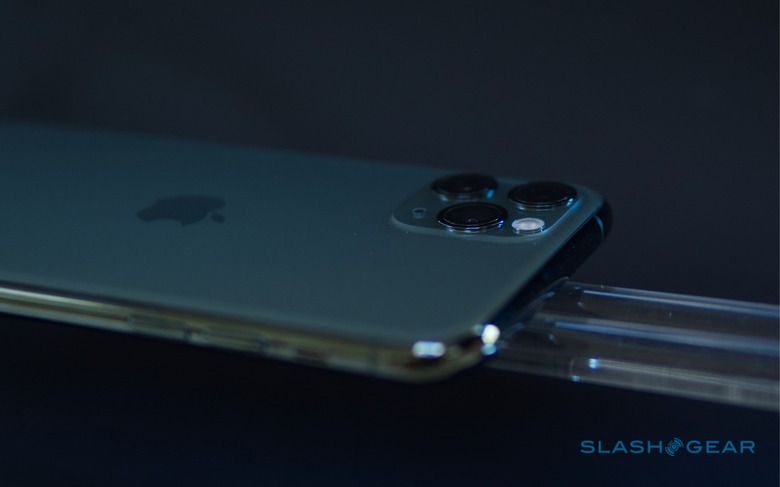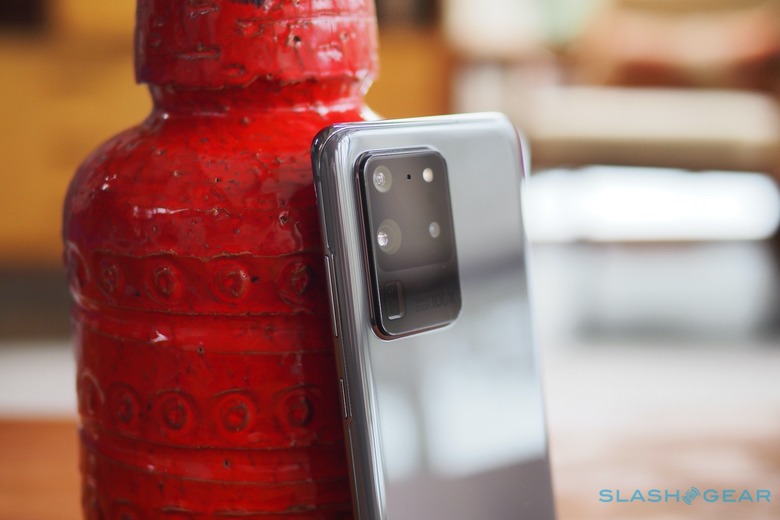New iPhone 12 Pro leak suggests 3D is key for Apple's 2020 flagships
2020 is shaping up to be the year that Apple embraces Time of Flight sensors, with new evidence indicating at least some versions of the new iPhone will feature the depth-tracking camera tech. While typically found alongside regular cameras, ToF sensors generally rely on light invisible to human eyes, tracking the distance to objects in the room.
They work much in the way that sonar operates, only using light rather than sound. The ToF sensor measures the difference between emitting a light and its return after bouncing off an object; that way, it can build up a so-called point cloud of depths in a scene.
The technology has big potential applications for augmented reality (AR), where creating digital graphics that blend in an imperceivable way with the real world is essential to making the overall effect believable. Apple is widely expected to be including a ToF sensor in the iPad Pro, which is believed to be getting an upgrade sometime in the first half of 2020. After that, though, the same technology looks set to come to the iPhone.

Or, that is, to select models of iPhone. Digging through the iOS 14 code, 9to5Mac has found evidence indicating that two versions of the next-generation iPhone will include Time of Flight sensors. That leads them to conclude that the references are for the iPhone 12 Pro and iPhone 12 Pro Max, the successors to 2019's flagship iPhone 11 Pro and iPhone 11 Pro Max.
That would be in keeping with where we've seen other ToF technology implemented. Samsung has used the sensors in the Galaxy S20 series, for example, but only on the Galaxy S20 Ultra and S20+. The smallest, most affordable version lacks the sensor.
Even then, what Samsung does with the ToF camera varies. On the Galaxy S20+ for example, it's reserved only for AR duties. The Galaxy S20 Ultra, in contrast, relies on it both for AR and to enhance the phone's autofocus.

There's undoubtedly a cost and size implication for including a ToF sensor, and Apple's apparent decision to keep it for the most expensive 2020 iPhone versions is fairly understandable. The company is also expected to be squeezing in 5G connectivity into this year's phones, and presumably will be adding to the battery capacity in order to minimize any hit on runtimes as a result of the wireless upgrade.
Meanwhile it also helps to draw a distinction between the iPhone 12 Pro and what we're expecting to be the regular iPhone 12. Sales of the iPhone 11 are believed to have well outweighed those of the iPhone 11 Pro, a result which may stem in part from the hardware differences between the devices being relatively minimal. Time of Flight support for AR could help better differentiate within Apple's 2020 range, widening the gap between the iPhone 12 and iPhone 12 Pro, and encouraging shoppers to splash out on a more expensive device.
According to this latest leak, Apple will use an infrared projector for the iPhone 12 Pro's ToF system. Similar to how the TrueDepth camera on the front of the current iPhone illuminates the user's face with a map of IR dots – invisible to the human eye – that it can measure for Face ID security, so too will the new rear IR projector flood the space around the iPhone 12 Pro with a grid that its ToF camera can use.
